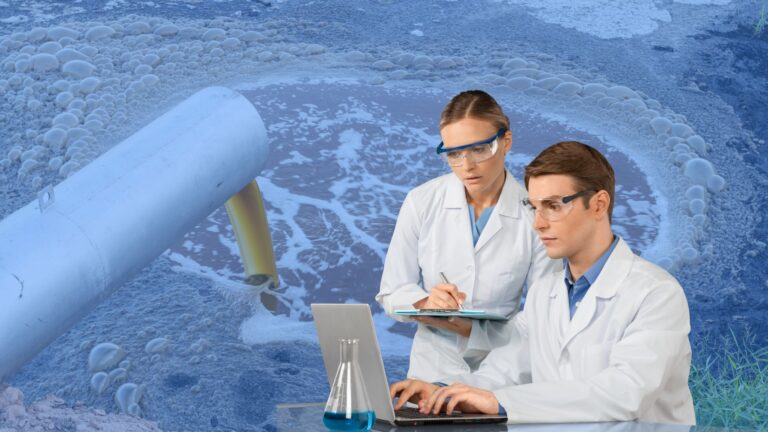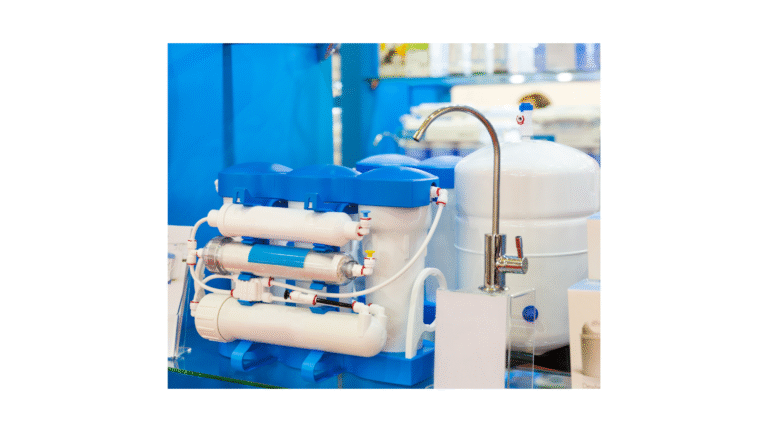Low-Temperature Freezers and Their Industrial Applications
- Jonathan R.
- August 22, 2024
Table of Contents
Low-temperature freezers are essential in various industries, providing a controlled environment for preserving sensitive materials. This article explores the science behind low-temperature freezers and their industrial applications.
Read on to discover how these powerful devices work and why they are crucial in many sectors.
The Science of Low-Temperature Freezers
How Low-Temperature Freezers Work
Low temperature freezers operate by utilizing advanced refrigeration technology. The key is to remove heat from the interior and dissipate it outside the unit. This process involves a series of steps:
- Compression: Refrigerant gas is compressed, raising its temperature and pressure.
- Condensation: The hot, high-pressure gas moves through condenser coils, releasing heat to the surrounding environment and condensing into a liquid.
- Expansion: The liquid refrigerant passes through an expansion valve, dropping its pressure and temperature.
- Evaporation: The cold refrigerant absorbs heat from the freezer’s interior, evaporating into a gas.
This cycle repeats, maintaining the low temperatures required for storage.
Temperature Control Mechanisms
Precise temperature control is vital for low-temperature freezers. Sensors and thermostats continuously monitor the internal temperature, adjusting the compressor’s activity to maintain the desired level.
Modern freezers often include digital controls, allowing users to set specific temperatures accurately.
Insulation and Sealing
Efficient insulation is crucial to maintain low temperatures. Freezers use thick, high-density foam insulation to minimize heat exchange with the environment. Additionally, robust door seals prevent warm air from entering, ensuring the internal environment remains stable.
Industrial Applications of Low-Temperature Freezers
Pharmaceutical and Biotechnology Industries
Low-temperature freezers are indispensable in pharmaceuticals and biotechnology. They store vaccines, biological samples, and reagents at ultra-low temperatures, ensuring their stability and efficacy.
For instance, mRNA vaccines, such as those for COVID-19, require storage at extremely low temperatures to maintain their integrity.
Food and Beverage Industry
The food and beverage industry relies on low-temperature freezers to preserve perishable items. These freezers extend the shelf life of products like seafood, meat, and dairy, preventing spoilage and maintaining quality.
Furthermore, they are essential in producing ice cream and frozen desserts, where precise temperature control is necessary for consistency.
Chemical and Material Science
Low-temperature freezers store volatile chemicals and sensitive materials in chemical and material science laboratories. These environments prevent reactions that could occur at higher temperatures, ensuring the safety and integrity of stored substances.
Medical and Research Laboratories
Medical and research laboratories use low-temperature freezers to store samples, tissues, and other biological materials. These freezers are vital for preserving the viability of specimens for future analysis and research. For example, DNA and RNA samples require ultra-low temperatures to prevent degradation.
Electronics and Semiconductor Industry
The electronics and semiconductor industry utilizes low-temperature freezers for testing and quality control. Components are subjected to extreme cold to assess their performance and durability under harsh conditions.
This process helps in developing reliable products that can withstand real-world applications.
Advantages of Low-Temperature Freezers
Preservation of Integrity
Low-temperature freezers ensure the integrity of sensitive materials. By maintaining ultra-low temperatures, they prevent degradation and extend the shelf life of stored items.
Enhanced Safety
Storing volatile chemicals and biological samples at low temperatures minimizes the risk of reactions and contamination. This controlled environment enhances safety in laboratories and industrial settings.
Cost-Effective Storage
Although the initial investment in low-temperature freezers may be high, their ability to preserve materials for extended periods results in cost savings. Reduced waste and spoilage translate to financial benefits for industries relying on these devices.
Technological Advancements in Low-Temperature Freezers
Energy Efficiency
Recent advancements have focused on improving the energy efficiency of low-temperature freezers. Innovations like variable-speed compressors and advanced insulation materials reduce energy consumption, making these freezers more sustainable and cost-effective.
Enhanced Temperature Uniformity
Modern low-temperature freezers feature advanced airflow systems that ensure uniform temperature distribution. This uniformity is crucial for the consistent preservation of stored materials and reduces the risk of localized temperature fluctuations.
Smart Controls and Monitoring
Integrating intelligent controls and monitoring systems allows for real-time tracking of freezer performance. Alerts and notifications can be set up for temperature deviations, ensuring prompt action to prevent potential losses.
Conclusion
Low-temperature freezers are vital in numerous industries, providing a controlled environment to preserve sensitive materials. Their applications span pharmaceuticals, food and beverage, chemical storage, research laboratories, and electronics testing. As technology advances, these freezers become more efficient and reliable, enhancing their role in industrial applications.
Consider safety storage solutions for your low-temperature freezer needs to ensure your materials’ best performance and safety. Engage with us by commenting, sharing this post, or exploring our related services to learn more about how we can support your storage requirements.
Unlock the secrets of low-temperature freezers and discover their transformative impact on industry and research today!
Read More:
Temperature-Controlled Buildings

Jonathan Reed
Jonathan Reed specializes in writing in-depth, data-driven content on industrial waste management, regulatory compliance, and environmental sustainability. With expertise in hazardous waste disposal, OSHA guidelines, and waste reduction technologies, he provides actionable insights for businesses navigating complex waste management challenges.






